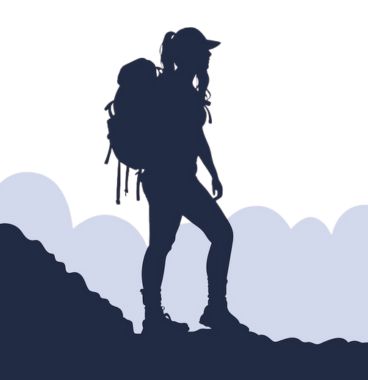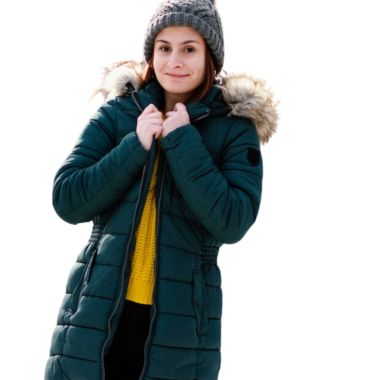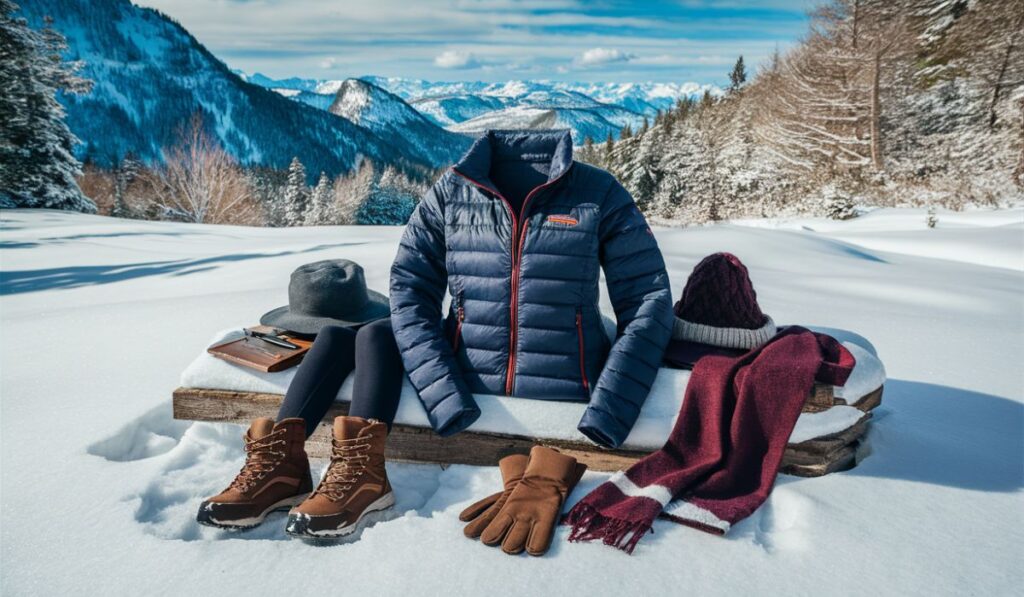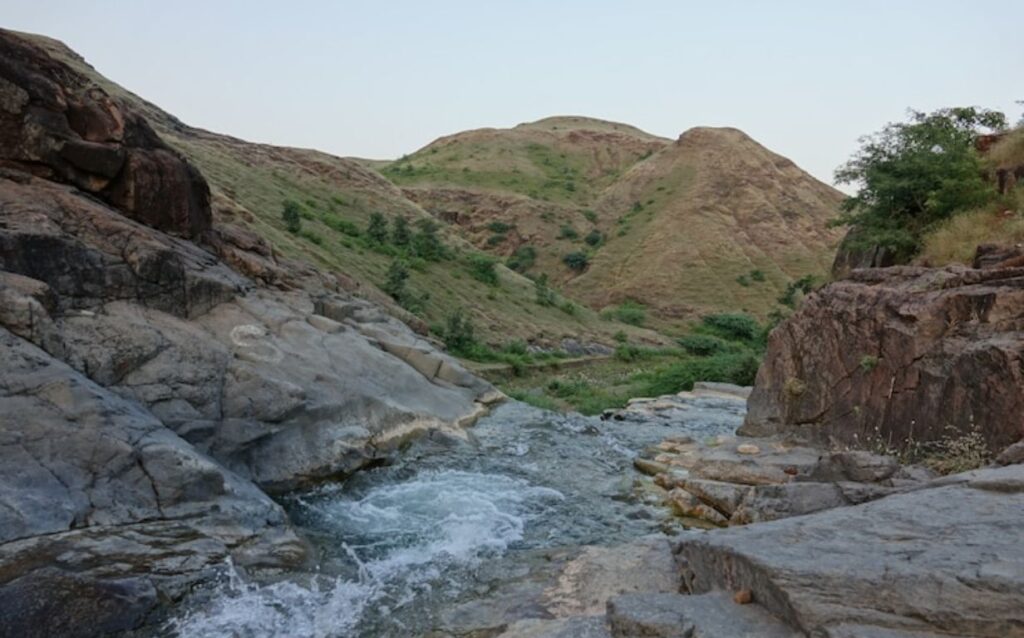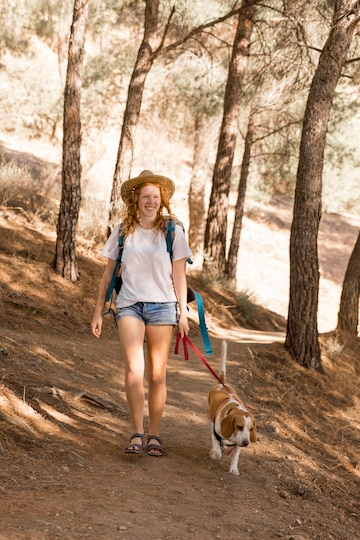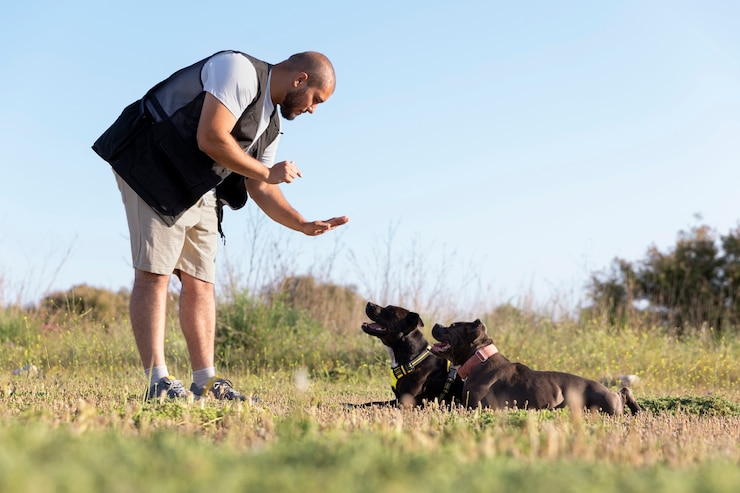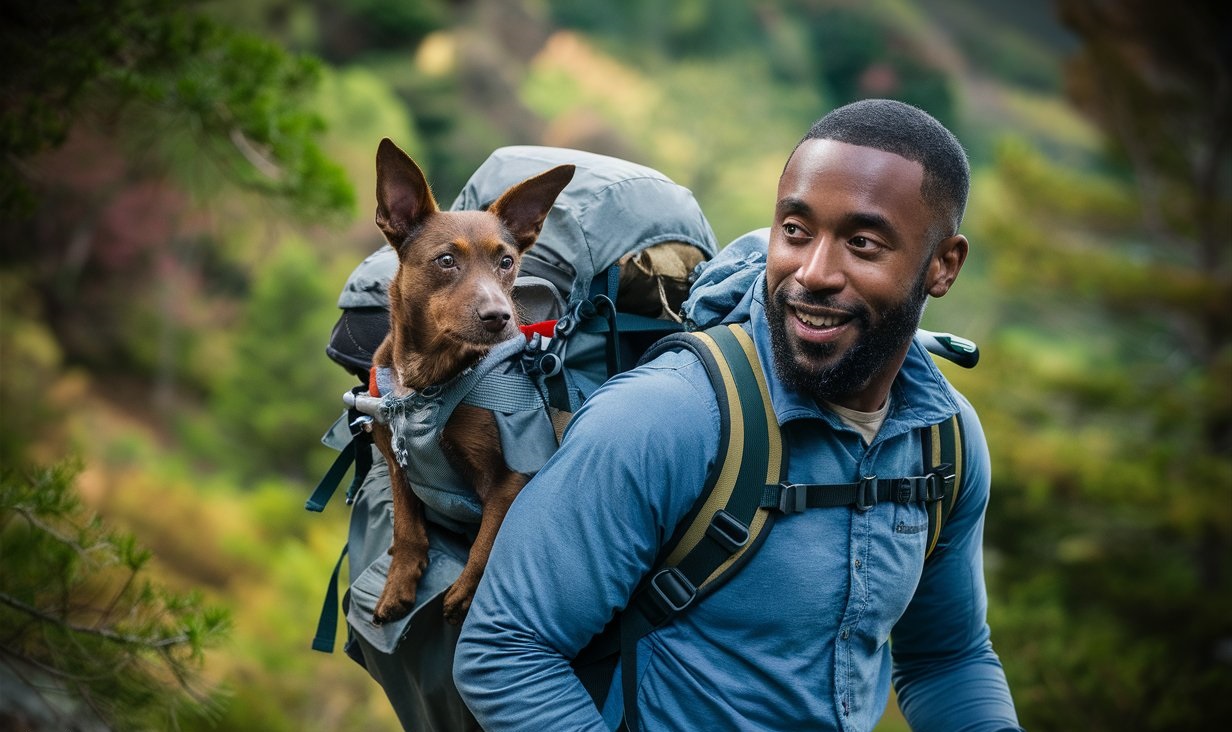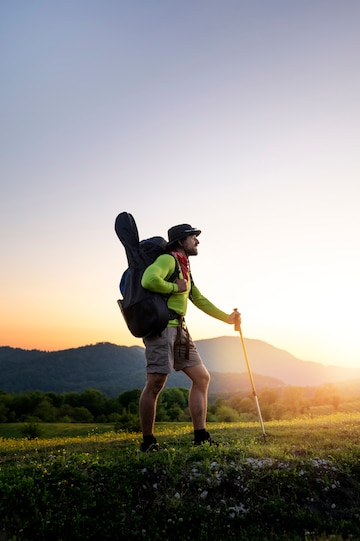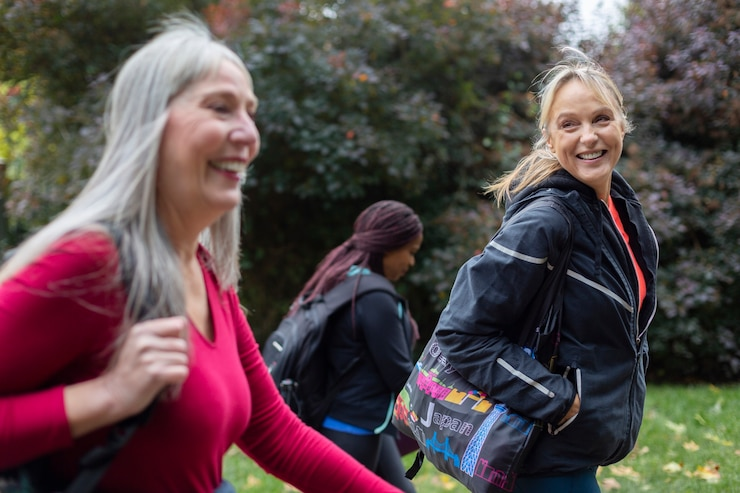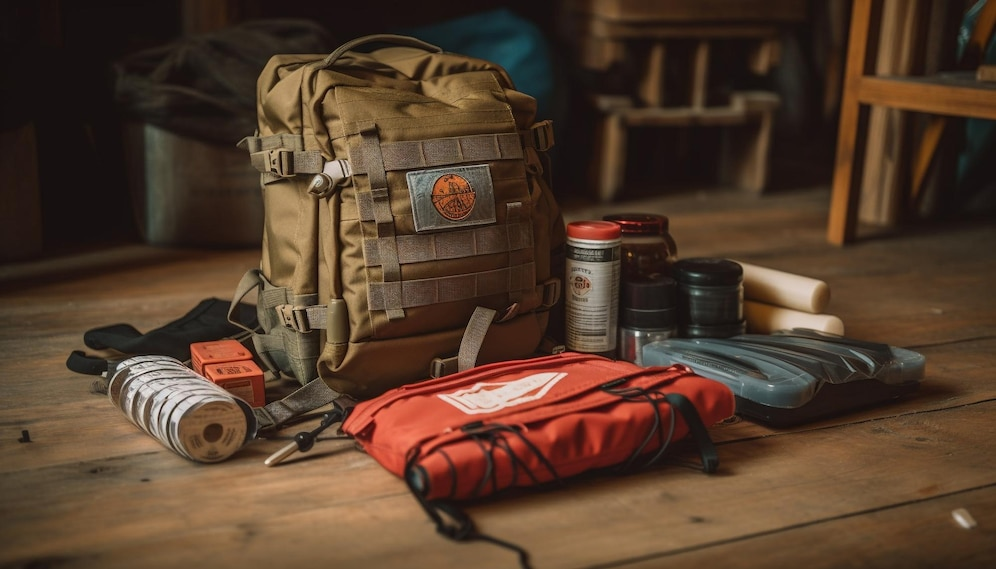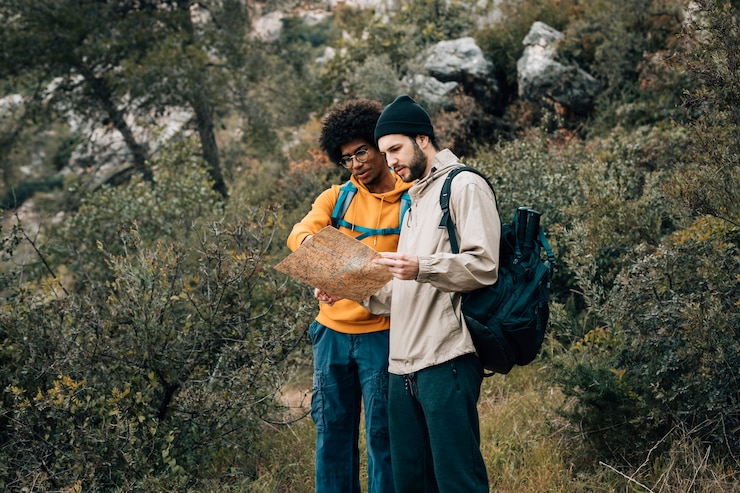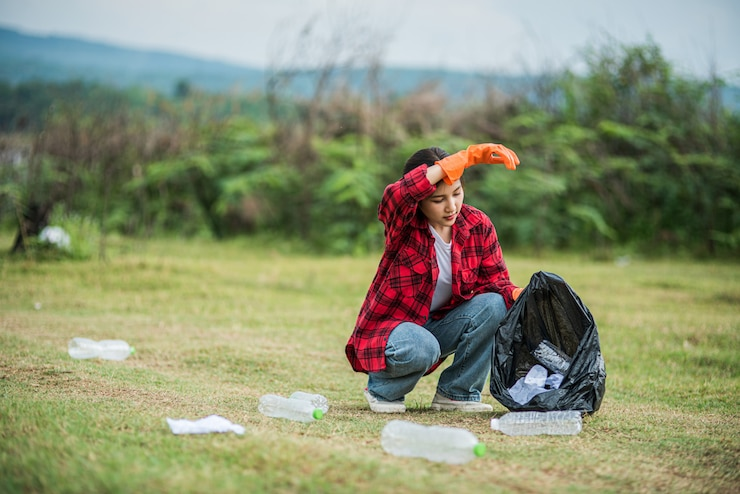Ultimate Guide to 15 Days Bike Hiking
Ahad
/ October 29, 2024
Have you ever dreamed of combining the freedom of biking with the thrill of hiking? Bike hiking lets you do exactly that! Imagine hitting the trails with the speed of a bike, feeling the rush of the wind, and still being able to hike through rugged terrains or scenic paths on foot. With bike hiking, you’re in for a dual adventure that combines the best of both worlds.

What is Bike Hiking?
Bike hiking is a unique style of travel where you rely on your bike as your primary mode of transportation but also incorporate hiking portions into your journey. Whether it’s a short day trip or an ambitious journey like 15 days of bike hiking, this method offers a new way to experience nature. Riders take trails where they can bike, and when the terrain becomes challenging, they park their bikes and hike through the toughest parts.
Bike hiking is perfect for adventure lovers who enjoy variety—ride a trail one moment, then hike to a stunning viewpoint the next!
Benefits of Bike Hiking
Bike hiking is gaining popularity for several reasons:
• Low-Impact Workout
Switching between biking and hiking works different muscle groups, reducing the strain on any one part of your body.
• Increased Range of Exploration
Cover more distance on a bike than you would hiking alone, but still get to experience the landscapes up close.
• Flexible Adventure
You can tailor a bike-hiking route to include different activities, like camping, wildlife spotting, or photography.
Preparing for Your Bike Hiking Adventure
Preparation is crucial for any outdoor adventure, especially one that combines two distinct activities. Here are some essential tips:
• Choose the Right Bike
A mountain bike is ideal due to its sturdy build, allowing it to handle different terrains. Look for one with durable tires and good suspension for comfort over rough trails.
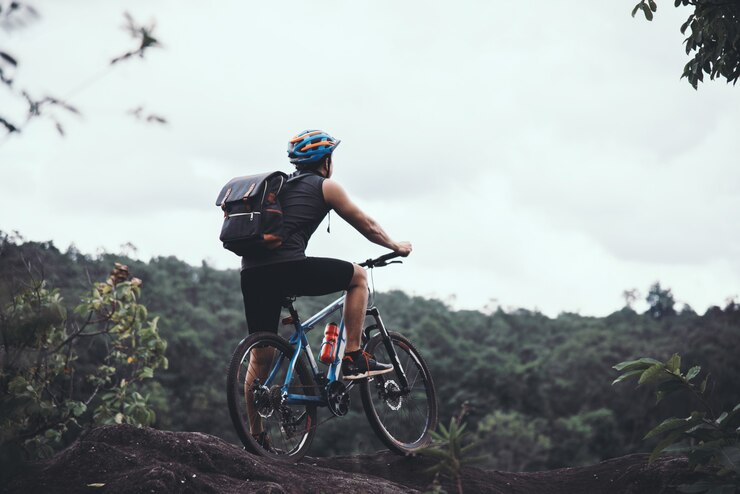
• Plan Your Route
Decide where you’d like to bike and hike. Are you after challenging mountain trails, coastal paths, or scenic forest routes? Knowing the terrain will help you prepare your gear and choose appropriate stops.
• Pack Essentials
Carry a lightweight backpack with essentials like water, energy-boosting snacks, and a compact first aid kit. Include spare bike parts, such as inner tubes and a mini pump.
• Map and GPS
Always carry a map and GPS or phone with offline maps. Trails can get confusing, especially if you’re alternating between biking and hiking.
Day 1-3: Building Momentum
Start with easier trails to warm up and build your endurance. It’s best to stay in regions with light trails and scenic stops to get accustomed to the rhythm of switching between biking and hiking.
Key Tips: Pack light, stay hydrated, and don’t push too hard on the first few days. The goal is to pace yourself.
Day 4-7: Diving into New Terrains
By the fourth day, you’re ready to tackle varied landscapes. Head towards mountain trails or forested paths where you can enjoy a mix of bike trails and hiking routes. It’s an ideal time to experience the thrill of rougher trails, especially if you’re equipped with a mountain bike.
Scenic Routes to Consider: Check for national parks that allow bike access, or explore mountain routes with elevated viewpoints.
Day 8-12: Rest and Recovery
At this point, you’ll likely feel some fatigue. Choose flatter trails, explore small towns, or find a campsite to relax. Rest days are essential for both body and mind. They also let you take in the sights, enjoy nature, or perhaps go on a short hike to a nearby lake or viewpoint.
Suggested Rest Spots: National parks, lake campsites, or eco-friendly lodges along the route can be excellent rest options.

Day 13-15: Completing the Journey
In the final day, go all out! Find exciting routes that are a combination of forest trails, mountain paths, or beachside routes. By now, you’re used to the pattern of bike hiking and can push through to the finish line with confidence.
Celebrate the Finish: Capture moments along the way, meet fellow hikers and bikers, and enjoy every bit of the adventure!
Best Gear for a Successful Bike Hiking Trip
With the right gear, your bike hiking trip can be safer and more comfortable. Here’s what experienced bike hikers recommend:
• Multi-tool Kit for Bike Repairs
This compact tool should cover basic repairs, including tire changes and chain adjustments.
• Waterproof Backpack
The right backpack keeps your essentials dry and organized. Look for one that’s comfortable for both biking and hiking.
• Protective Gear
Helmets, knee and elbow pads, and gloves are essential for safety on rough trails.
• Comfortable Footwear
Choose footwear that’s great for both biking and hiking, like flexible hiking shoes or rugged biking shoes.
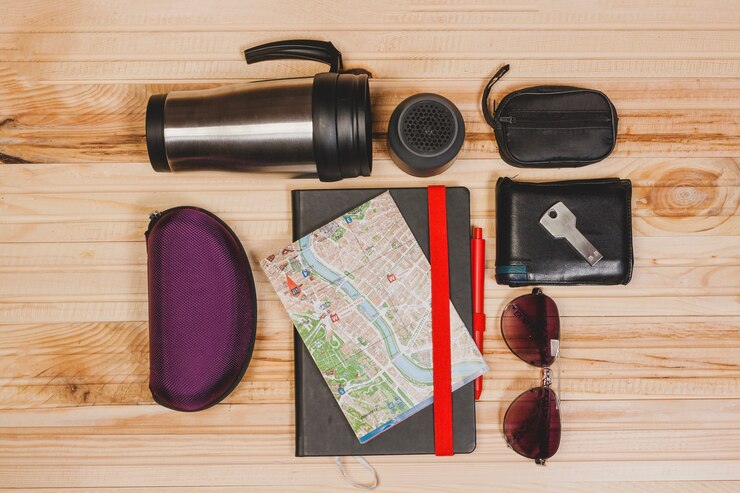
Where to Go for Bike Hiking Adventures
Not sure where to start? Here are some of the top locations worldwide for bike hiking:
• Pacific Northwest, USA
Known for its lush forests, this region offers bike-friendly trails and scenic hikes.
• Canadian Rockies
A must-visit for its breathtaking mountain views, with paths that mix both biking and hiking segments.
• Scottish Highlands, UK
Famous for rugged terrain, stunning landscapes, and a mix of forest and mountain trails.
• New Zealand’s South Island
Offers diverse terrain, from beaches to mountains, perfect for bike hiking.
How to Make the Most Out of Your Bike Hiking Experience
Bike hiking is more than a sport—it’s an adventure where you discover new landscapes and challenge your body in a unique way. Here are some tips:
• Focus on Enjoyment
Don’t just aim for the finish line; take breaks, enjoy the view, and savor each moment.
• Capture Memories
Bike hiking offers plenty of picturesque moments. Capture the journey by bringing along a camera or smartphone to document each memorable moment.
• Join a Group or Solo?
Both have their advantages. While solo trips provide freedom, group bike hiking can be more social and safer, especially in unfamiliar territories.
Bike Hiking and Traditional Hiking: How Are They Different?
If you’re a hiker curious about bike hiking, there are some significant differences to consider. For one, bike hiking covers more distance due to the speed and efficiency of biking. Also, the gear is slightly different, and the terrain might be more rugged.If you want to read more about hiking, you can read this blog.

The Hiking Trip of Your Dreams: Essential Guide
Hiking trip is an excellent way to connect with nature, improve your physical fitness, and enjoy some peaceful time outdoors.
Bike Hiking Safety Tips
• Join a Group or Solo?
When biking on or near roads, wear reflective clothing or attach lights to your bike to increase visibility.

• Mind the Weather
Weather can change quickly in outdoor settings. Check forecasts regularly, and bring rain gear if needed.
• Follow Trail Rules
Stick to designated trails for both biking and hiking. Some trails have specific sections for bikers and hikers, so respect these areas.
Final Thoughts on Bike Hiking
Whether you’re in it for a single day or planning 15 days of bike hiking, the experience is one you won’t forget. Bike hiking offers freedom, exploration, and the thrill of combining two of the best ways to experience the outdoors. So, what are you waiting for? Pack your gear, plan your route, and let the adventure begin!












